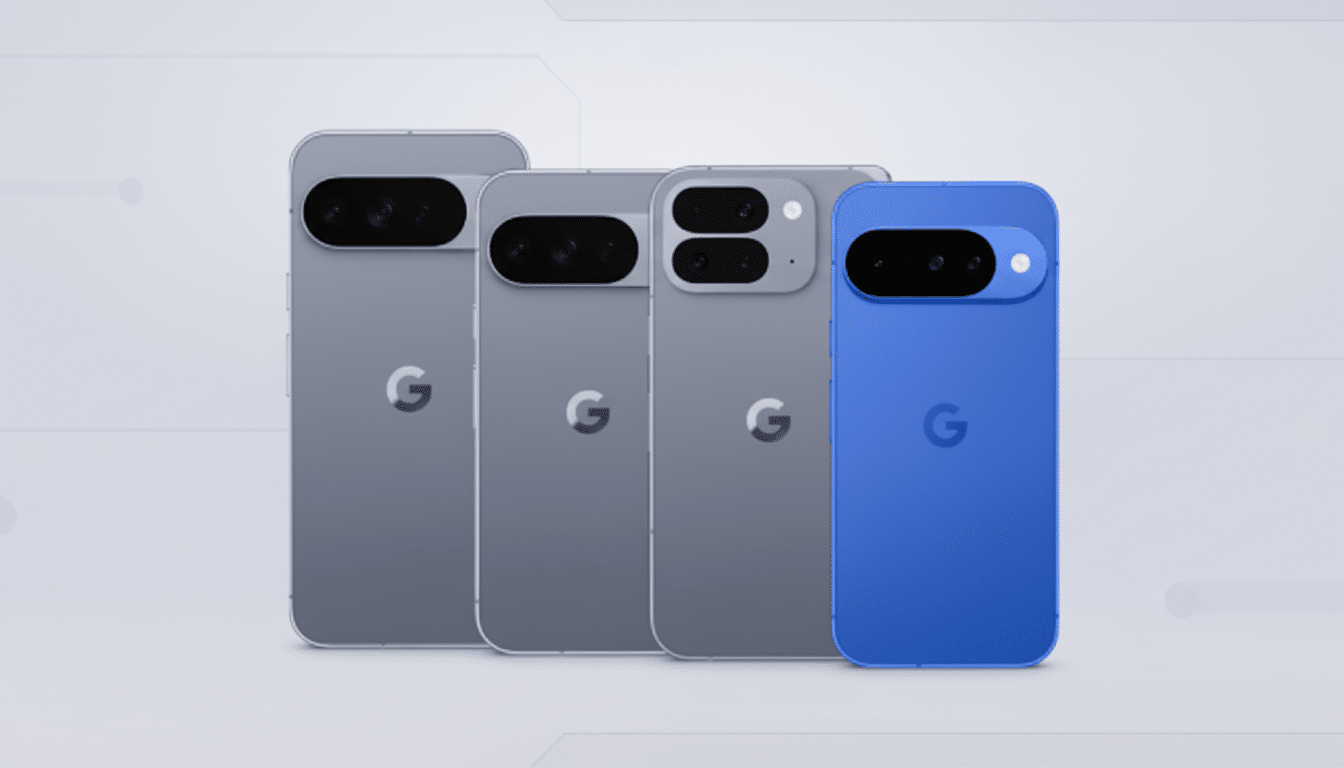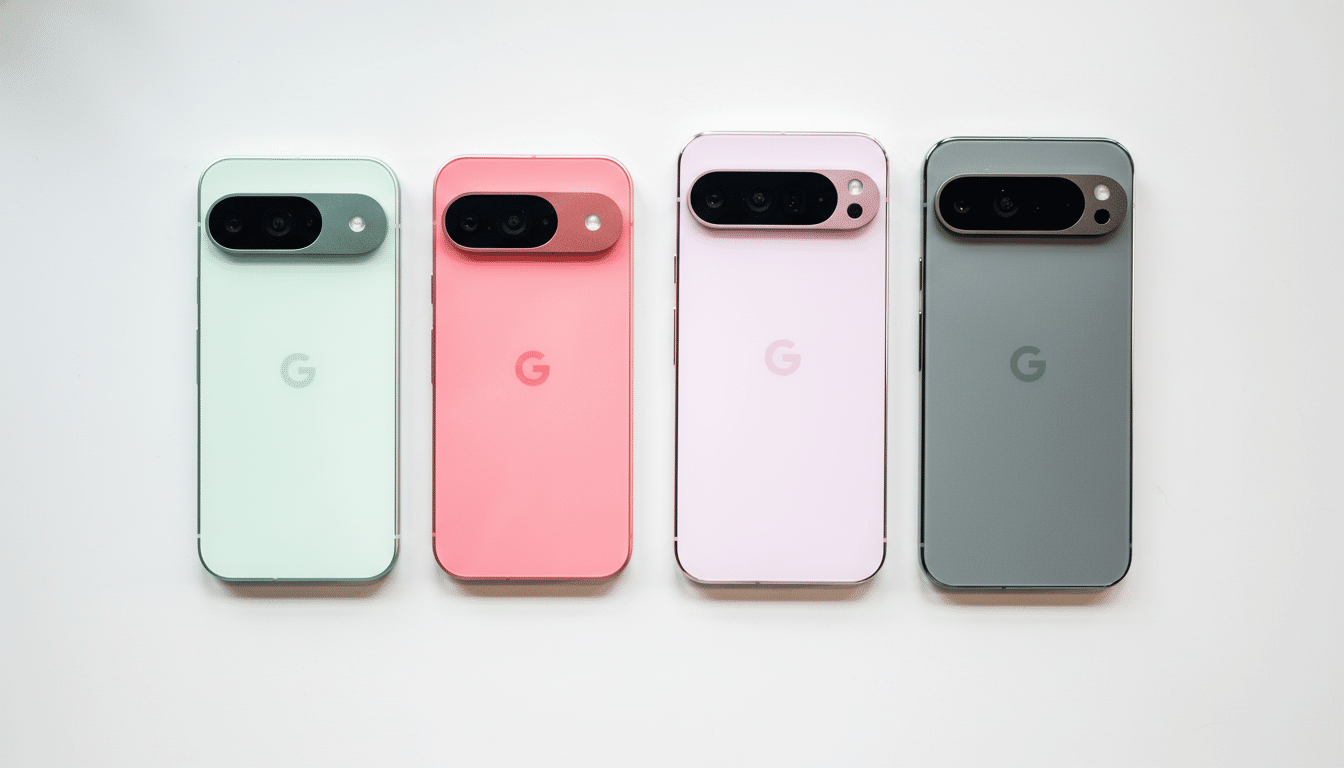A seemingly simple trade-in pickup gone wrong has snowballed into a cautionary tale about how fragile brand trust can be when after-sales support breaks down. A Pixel buyer in India says a botched, weeks-long pickup for an old device, contradictory messages, and finger-pointing between Google’s store team and its logistics partner left them with a bitter takeaway: the premium promise around Pixel collapses if the support chain can’t keep pace.
A support loop with no exit exposes process breakdowns
The user’s journey began smoothly: a new Pixel ordered from the official online store, a trade-in approved for an older Pixel, and a pickup scheduled through Cashify, the third-party partner handling collections. Then, the delays started. Despite repeated confirmations, pickup dates slipped day after day. The buyer contacted Cashify and later looped in Google’s support team. Both sides promised “priority” handling, yet nothing moved for nearly three weeks.

The situation escalated when the customer was told they had failed to hand over the device, even though no one had arrived to collect it. Fed up, the customer raised a fresh request directly with Cashify—bypassing the store ticket—and the phone was collected within hours. Even after that, emails from global support continued to “prioritize” a case that was already resolved. The contradiction was the point: the system wasn’t talking to itself.
The bigger issue is broken coordination across partners
This wasn’t about a missed pickup. It was proof of a fragile workflow where the brand, its online store, and third-party logistics aren’t on the same page. It’s evident in the lack of shared ticketing, dismal data sync, and “not my fault” syndrome.
In categories where a product’s viability, including its trade-in, relies on reliability, fragmented ownership turns trade-ins from quick chores into multiweek catastrophes. The central question is why a hyperlocal logistics problem is pushed to a global support queue when that team lacks the context and control. Without a source of truth and clear SLAs, every email and escalation creates even more confusion.
As per PwC’s research, a shocking 32% of customers will never give a brand another chance after a single negative event. That’s the cost of failure in coordination.

Rivals have already solved this with unified service
Competition has always found a way around the same problem. Apple has a unified case management system built on its stores and authorized service arms. It systematically uses handovers to eliminate ambiguities. Samsung’s sprawling repair network in India alone has over 20,000 touchpoints. OnePlus credits its rapid rise in India to heavy early spending on the local service ecosystem to scale and take ownership of its managed pickup-and-drop programs.
The common thread among all of these is offering customers a single point of contact. Even when there’s a partner on the other side, these companies provide a single entity. They let people know when to expect visits, and everyone has the same data. India deserves better from its premium brands.
Google has signaled a deeper push into India, including local assembly and a formal online store sans first-party accessories and trade-in options. But investment on paper must be matched with operational rigor. Pixel’s presence in the country had been kept to a minimum for years, and service arrangements were predominantly third-party dependent with a few stores spread around. Both reports and user accounts discussed centralized repair hubs and turnaround times, tolerable for a niche brand but unconscionable for a flagship competing at top-tier prices.
As the after-sales experience is a proven linchpin of a phone’s life cycle, colored by ownership and animated by word-of-mouth and community forums, one badly handled case doesn’t stay one case for long.
What Google must fix now to rebuild Pixel trust
- First, unify the workflow. A shared ticket that follows the customer across store support, logistics partners, and escalations should display real-time status and next steps.
- Second, publish and enforce SLAs — trade-in pickups in major metros should have a clear window, escalating automatically when missed. Partner performance should be implicated through a visible, publicly accessible accountability measure on these SLAs.
- Third, localize decision-making. A regional operations team with the authority to make interventions trumps a global queue that can’t move a driver on the ground. A physical touchpoint — an experience store or a certified walk-in counter — would offer a release valve whenever logistics and systems fail.
- Finally, close the loop. When a case is resolved by a partner, the brand’s system should reconcile instantly, so customers aren’t chased for problems they’ve already fixed themselves.
The Trust Gap Is Bigger Than One Pickup
A premium phone is only as premium as the experience that surrounds it. If buyers must plead with third parties to finish a simple trade-in, the brand owns that failure, not the courier. The lesson from this ordeal is simple and sobering: great hardware can’t outrun bad support. And once trust cracks, no amount of marketing polish can fill the gap.

